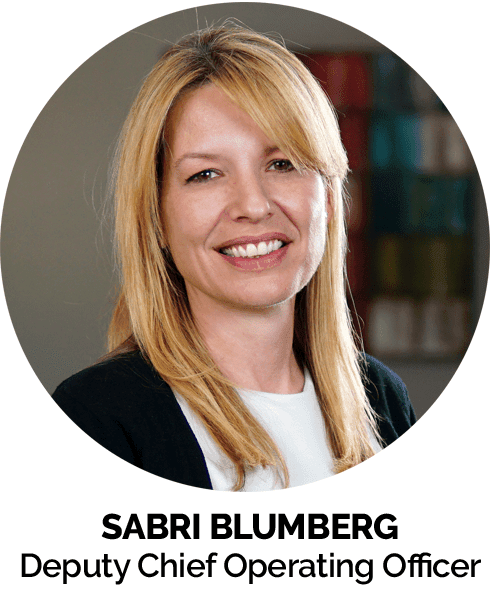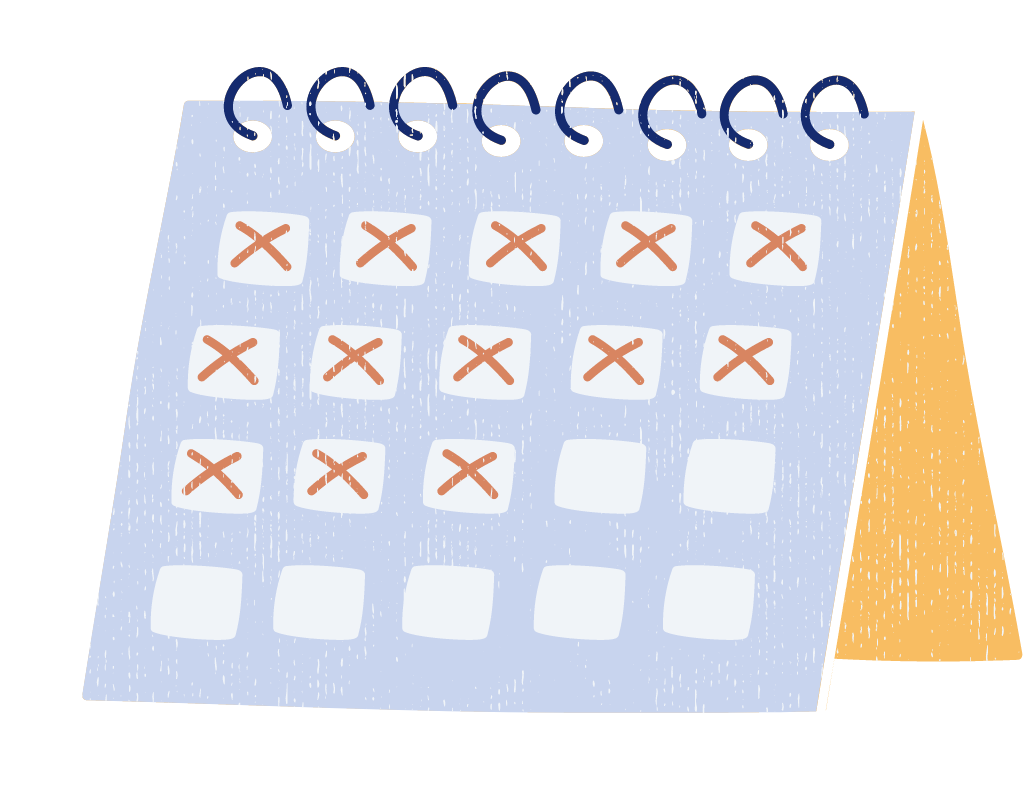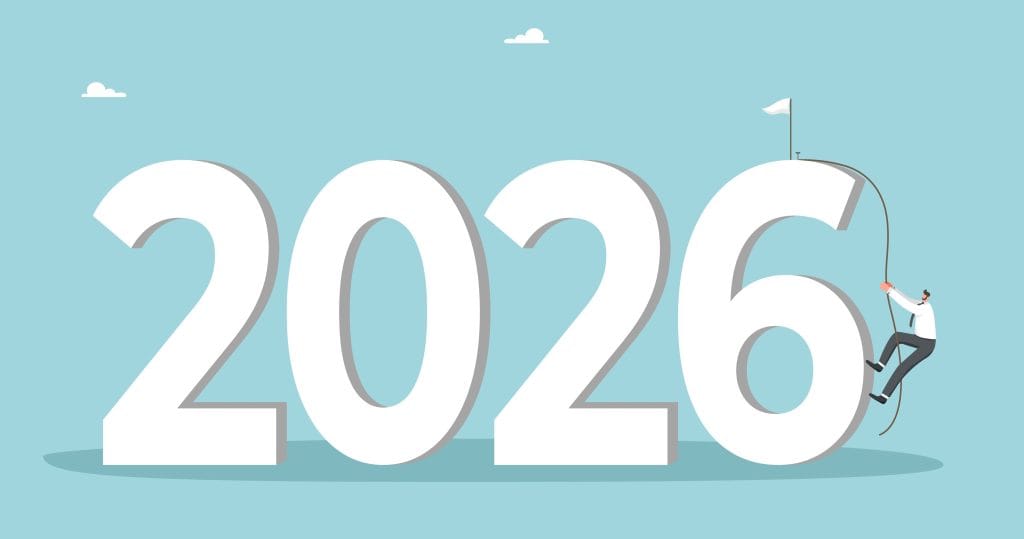Last updated on November 20th, 2025 at 12:59 am
Last updated on November 17th, 2025 at 03:10 pm

This week’s blog post comes from the “Ask Sabri” column in our magazine. As cancellations and no-shows are highly relevant to many dental practice owners right now, we wanted to share it on our blog, as well. Enjoy!
Q: We keep having same-day cancellations and no-shows and it’s wreaking havoc on our schedule. We’ve tried all types of confirmation and reminder systems but it just keeps happening.
I know your pain! It is incredibly frustrating to start the morning with a nice, productive schedule and then watch it evaporate throughout the day. Not to mention paying your hygienist a high salary to sit around cleaning their instruments or work on random tasks instead of seeing the patient that was supposed to be there.
First things first, we have a couple of handy checklists for you to use in filling a last-minute opening on the schedule: Checklists to Fill Openings on the Doctor’s & Hygienist’s Schedule
Now, let’s talk about why you’re seeing so many cancellations. As with oral disease, prevention is easier than intervention!
Why you’re seeing cancellations on the doctor’s schedule
There are a few logistical reasons you might be seeing too many cancellations:
Legitimate reasons for cancelling
Life happens. Sometimes people get sick, get flat tires, have family emergencies, or suddenly get sent out-of-town for work. There’s nothing we can do about that, assuming that is what actually happened. (Hint: People often use these as excuses to cover up the real reason I discuss below.)
Patients are forgetting their appointment times
This really shouldn’t be happening on the doctor’s schedule unless you’re booked way too far out. Patients may say they forgot, but it’s typically not the real issue. At any rate, if patients are actually forgetting, it’s easy to solve with reminder calls, texts, emails, etc.
You’re booked too far out
Some dentists are proud to say they’re fully booked 2+ months out. To me, this screams that they have a provider shortage and they’re limiting their production potential (but that’s a separate issue). Ultimately, the longer a patient waits, the more chances for life to interfere. Patients’ personal schedules may change, their finances may change, they might get sick, or they might forget the doctor’s explanation about why this treatment was so important. So, do everything you can to remove all the variables by getting patients in for their treatment within 7-10 days.
(If you need help figuring out your schedule to do this, get a free consultation here.)
Now let’s talk about the real reason
The patient isn’t really committed doing the treatment.
Nine times out of ten, this is the real problem. There’s no way around it. When patients don’t show up for treatment, it’s usually because they got cold feet.
You thought the case was accepted, but the patient wasn’t really sold on it. They either,
- said yes to be polite but never really intended on doing it,
- did initially want to do the treatment but then waffled because they didn’t see the value strongly enough,
- or they didn’t make any actual commitment up front, so it’s easy to change their mind.
I remember Dr. Greg Winteregg (one of the founders of MGE) used to talk about how magical it was that once patients started prepaying to reserve time on his schedule, they’re children suddenly stopped getting sick, their tires stopped going flat, and vague family emergencies stopped happening.
Making a commitment before scheduling treatment
Requiring patients to prepay their out-of-pocket fees for treatment may be a big change for you. If you’re hesitant to do it, I highly suggest you listen to this podcast episode: Podcast Ep. 130: The Pros & Cons of Prepaying
The fact is, you don’t really know if the patient is sold on their treatment until a) it’s time to pay, or b) it’s time to show up for the treatment.
I’d rather know if the patient is going to show up before the appointment time arrives. The only way to do that is to confront the money beforehand.
The money itself isn’t always the barrier. The patient may be hesitant because they’re scared of needs, they had a bad experience in the past, they didn’t understand the treatment plan, or many other things. But no matter what their real hesitation is, it’ll come up when you ask for a credit card or to submit their financing application.
So that’s my primary advice. Start collecting the patient’s copay or a deposit before scheduling their treatment.
Or at the very least, make solid financial arrangements before scheduling their treatment. If they’re not prepaying, then your Financial Coordinator should at least help them determine which payment method they will be using and have them sign paperwork to that effect. This may not be legally binding paperwork, but at least they are making an agreement with you and showing that they’re committed.
Cancellations on the Hygiene Schedule
What to do when a patient wants to cancel last-minute
Again, prevention is key. Again, we do have that checklist for filling a last-minute opening (download it here), but it’s not idea because an employee spending an hour trying to fill today’s opening takes them away from their normal job—which probably includes confirming tomorrow’s appointments, and then you can end up with the same problem tomorrow.
And again, sometimes patients need to cancel for legitimate reasons and sometimes that could make it if they really wanted to.
So, when a patient called in the morning to cancel their afternoon appointment, I would say something like, “Oh geez, that’s a problem we do not accept same-day cancellations. What is happening that makes you feel you need to cancel the appointment?”
I would keep this conversation very friendly, but if it wasn’t a bona fide reason like an illness of family emergency, I would explain that while I understand they are busy, we have that time reserved just for them and the hygienist completely lose that time if they don’t show up. Then I would ask them how we can solve to make sure they arrive for their appointment.
You’ll be surprised how many patients will “un-cancel” and show up on-time when you do this. But again—be very polite and compassionate! You’re not trying to argue with the patient here or give them a stern lecture.
The 4 keys to preventing hygiene cancellations
1. Is every patient actually confirmed the day before?
The Scheduling Coordinator (or Hygiene Coordinator in a larger office) NEEDS to be accountable for confirming every single appointment by the end of the prior day.
And “confirmed” means that the patient actually replied yes. It doesn’t mean “we left them a message” or sent a reminder text/email that they didn’t respond to.
Nowadays, many offices are using automated text messages for confirmations. This can work well, but you’ll still need to keep an eye on it. See if the cancellation rate increased when you switched from phone calls to texts.
If you’re seeing a lot of cancellations/no-shows after doing text confirmations, you may need to change it up. Actually speaking to someone on the phone is always the strongest confirmation.
2. Have a policy and communicate it to the patient
You should have a policy that you do not accept same-day cancellations. If a patient needs to change their appointment time, they need to give you at least 24 hours notice (or ideally 72+ hours).
Display this policy in the office and communicate it to patients (in a friendly manner) when scheduling them.
When scheduling hygiene appointment, the patient needs to understand that you’re a private practice and do not double book appointments. That time is specifically reserved for the patient. So, they need to understand when they make the appointment, it is essentially already confirmed in their mind.
You don’t want to make it easy for people to cancel by telling them it’s an unconfirmed appointment when you schedule it. Tell them we’ll call to remind you (not as an opportunity to change it), but make sure it’s in your calendar because that time is reserved for you. The patient is responsible for keeping the appointment.
3. Remind them several times leading up to the appointment date
Recall visits are typically scheduled 6 months in advance. That’s a lot of time to forget your appointment!
It helps if they mark it in their calendar—so please do encourage them to do this right then when setting the appointment—but you’ll still need to do more reminders.
So, start your reminder emails, cards, and/or text messages at least a couple weeks out. And send at least two reminders before doing your final confirmation calls/texts where you expect them to respond to within 3 days of the appointment date.
4. New patients should always receive a live phone call
I would never depend on text messages for new patients. We need to speak with them and start forming that personal connection.
I usually recommend that the hygiene personally calls all new patients a day or two beforehand to let them know they’re looking forward to meeting them, ask if they need anything to accommodate them or make them more comfortable.
This way, the patient knows it’s a real person there and it can also make them less intimidated if they’re a fearful patient.
What to do when a patient doesn’t confirm
So, what do you do if you’ve done your confirmation calls/texts, but the patient doesn’t respond?
Truthfully, if I couldn’t confirm a patient the day before, I would schedule somebody else in that slot. Instead of praying that the patient would show up, we would just make sure someone was in that time slot because the vast majority of patients who didn’t confirm wouldn’t show up.
And in the off chance both patients showed up, we’d find a way to work them both into the schedule. When the unconfirmed patient arrived, we’d let them know that they didn’t confirm so we didn’t know if they were coming, but we’re working them in and doing everything we can to make sure they don’t wait.
Again, this is a friendly, compassionate conversation, not a lecture!
Summary
Same-day cancellations and no-shows can disrupt your dental practice. Address this by understanding the root causes, such as patient forgetfulness and lack of commitment. Require prepayment or solid financial arrangements to ensure commitment. Be sure to confirm appointments the day before and communicate a no same-day cancellation policy clearly. Use multiple reminders and personal calls to new patients. If patients don’t confirm, proactively reschedule to keep your slots filled.
Free Consultation
Struggling with cancellations? Schedule a free consultation to discuss strategies tailored to your practice. Get Your Free Consultation Here




No Comments
Be the first to start a conversation